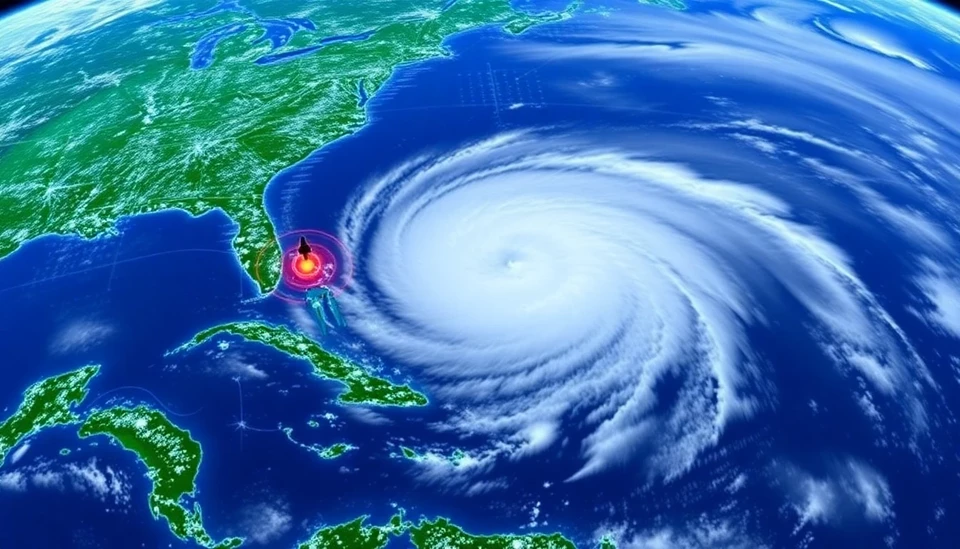
The Atlantic hurricane season for 2024 has officially come to an end, and with it, a wave of discussions and analyses are taking place amongst meteorologists and climate scientists. As the season wraps up, experts are reflecting on the data collected, particularly focusing on why the predictions for a more active season did not materialize as anticipated.
This hurricane season was marked by several notable storms, yet surprisingly few made direct impacts on the U.S. mainland. The season initially forecasted an unusually high number of hurricanes, influenced by factors like warm ocean temperatures and favorable atmospheric conditions. However, the reality presented a different picture. Scientists are now left to evaluate the inconsistencies between predictions and outcomes, prompting important questions about the methodologies used in forecasting.
One prominent storm was Hurricane Edna, which formed in late August and reached Category 3 status before veering away from the continental U.S. The storm caused significant devastation to several Caribbean nations, but its trajectory showcased the unpredictable nature of hurricanes. Contrary to earlier expectations of multiple landfalls, overall activity was comparatively lower, with many storms dissipating or altering course unexpectedly.
This season’s discrepancies are raising concerns about the long-term implications of climate change on Atlantic hurricanes. While some experts argue that climate change is increasing the intensity of storms, others caution that the actual number of hurricanes may not rise correspondingly. This complexity illustrates the challenges of modeling and predicting future weather patterns accurately.
Moreover, this relatively quiet season stands in stark contrast to previous years, where consecutive intense hurricanes wreaked havoc across the southeastern U.S. coast. For example, both 2020 and 2021 recorded record-breaking hurricane activity, leading to heightened awareness and preparation efforts among local stakeholders. The decline in hurricane activity this year has surprised many, reigniting debates about climate variability.
As scientists sift through the data, they're eager to understand the influence of the ongoing El Niño phenomenon, which is believed to impact weather conditions significantly. While El Niño conditions often suppress hurricane formation in the Atlantic, this season’s subtleties demand an in-depth investigation of all contributing factors.
Experts assert the need for improved forecasting techniques that can better account for the shifting dynamics influenced by climate change. Continuous research and enhanced climate models will be crucial as we move into future hurricane seasons. With global warming expected to contribute to more intense storms in the long run, addressing the uncertainty in forecasting methods becomes increasingly imperative.
Going forward, scientists emphasize the importance of preparedness for coastal communities, regardless of the previous season's inactivity. Resilience planning and adaptation strategies need to remain a priority, especially as climate conditions continue to evolve. This year may have been quieter than expected, but the threat of hurricanes endures, necessitating vigilance and proactive measures.
In conclusion, although the 2024 Atlantic hurricane season may not have lived up to early forecasts, it has opened the door to critical discussions on climate science and forecasting techniques. As specialists work to analyze the data, the findings may reshape how future hurricane seasons are approached and understood.
#HurricaneSeason #ClimateChange #Meteorology #AtlanticHurricanes #WeatherForecasting #ElNino #ClimateScience
Author: Sophie Bennett




